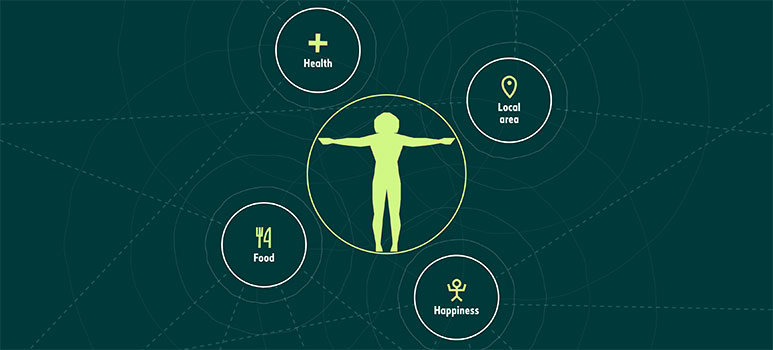Planet Earth
Biodiversity and Interdependence
I can sample and identify living things from different habitats to compare their biodiversity and can suggest reasons for their distribution. SCN 3-01a
• Identifies living things using biological keys.
• Collects and analyses increasingly complex data and information, for example, temperature and light intensity, to suggest reasons for the distribution of organisms within different habitats.
Processes of the planet
I can explain some of the processes which contribute to climate change and discuss the possible impact of atmospheric change on the survival of living things. SCN 3-05b
- Explains how the levels of carbon dioxide in the atmosphere have increased over time, for example, through respiration of organisms, deforestation and increased combustion of fuels.
- Draws on supporting evidence, quotes and sources to demonstrate an association between carbon dioxide in the atmosphere and increasing global temperatures as a result of the greenhouse effect.
Topical science
Through research and discussion, I have contributed to evaluations of media items with regard to scientific content and ethical implications. SCN 3-20b
- Demonstrates understanding of bias and separates fact from opinion taking into account a range of reasons for bias, for example, selective sampling and political views.
- Analyses the scientific content in media items and presents a reasoned argument on the ethical implications of the scientific issue being explored.
Third Level Scientific Skills
Inquiry and Investigative Skills
Plans and designs scientific investigations and enquiries:
- Demonstrates initiative and increasing independence in identifying a number of key questions and in formulating aims, predictions and hypotheses based on information, observations and knowledge
Carries out practical activities within a variety of learning environments:
- Collects increasingly complex data and information using a range of methods and equipment, for example, data and software analysis tools (where available).
Analyses, interprets and evaluates scientific findings:
- Selects appropriate methods to record data/information and demonstrates increased precision in use of terminology, units and scales.
Presents scientific findings:
- Provides supporting evidence and quotes and acknowledges sources with limited assistance
Scientific Analytical Thinking Skills
- Applies scientific analytical thinking skills, with increasing independence, working with less familiar and more complex contexts.
Skills and Attributes of Scientifically Literate Citizens
- Expresses informed views about topical scientific issues, including those featured in the media, based on evidence and demonstrating understanding of underlying scientific concepts.




